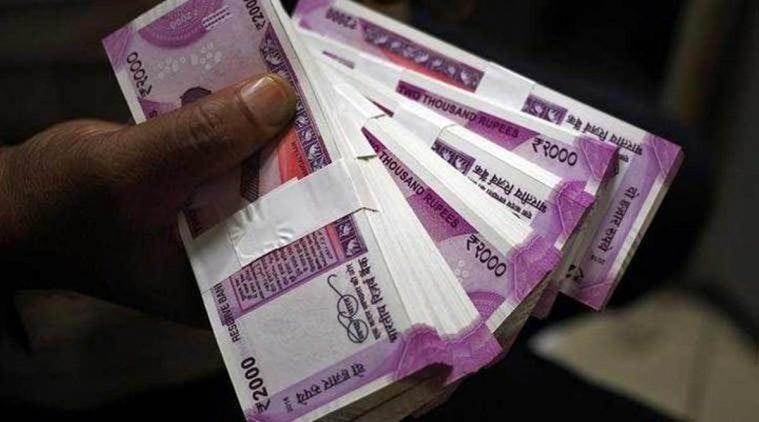 The state has been spending Rs 101.2 crore annually on employees’ mobile allowance. (Repesentational photo)
The state has been spending Rs 101.2 crore annually on employees’ mobile allowance. (Repesentational photo)
SEVEN months after drawing up a plan to rationalise expenditure, the cash-crunched Punjab government has finally shifted into action mode by halving the cellphone allowance of its employees. The move is expected to help government save about Rs 40 crore annually.
The state has been spending Rs 101.2 crore annually on employees’ mobile allowance. While the plan to rationalise it was conceptualised in December last year, the Finance Department issued an order Monday reducing the cellphone allowance of Group A employees from Rs 500 to 250 per month. For group B employees, it has been reduced to Rs 175 per month from Rs 300 per month. Similarly, for Group C and D employees, it has been reduced from Rs 250 every month to Rs 150. The orders will come into effect from August 1.
The employees, however, rejected the orders. Sukhchain Singh Khaira, president of Punjab Government Employees Association said, “The ministers are getting a mobile phone allowance of Rs 15,000 per month. But they are against employees getting between Rs 500 to 250. They have protected the rights of the government but robbed the employees of their rights. We condemn it. We are holding a meeting Tuesday to take a decision.”
The government has shied away from accepting the Finance Department’s proposal completely. The department had proposed reducing the allowance for Group A employees to Rs 200 from Rs 500, for Group B Rs 175 from Rs 300, for Group C Rs 150 from Rs 250, and Group D Rs 100 from Rs 250 per month. The proposal, if implemented in its entirety, would have helped state save Rs 45.3 crore every year.
In its presentation to Chief Minister capt Amarinder Singh in December, the finance department had stated that the cell phone allowance to 3.15 lakh employees of the state government was an unnecessary drain on the exchequer. It had stated that the tariff rates during last eight years had reduced to almost half but mobile phone allowances allowed to government employees have remained unchanged for all categories and the concept of closed user group has not been introduced.
In its note, it had written: “The state government initially allowed mobile allowance on voice call facility, and these days the telecom companies provide additional services besides voice calls such as data services, SMS services even at much cheaper rate than it was in 2011. But no effort was done to look at the cell phone allowance of the government employees.”
The department had said the mobile allowance was fixed by the previous SAD-BJP government in October 2011. Ever since there was no revision while the telecom companies had slashed the usage charges due to competition in the market.
Amid Covid-19 pandemic, when the state is trying to shore up funds for providing health infrastructure, the need was felt to check expenditure. The CM, it is learnt, had already agreed in principle to cut the mobile allowance but at that time the government was fearing protests.
Since October 2011, out of total 3,15, 649 employees, 16,061 Group A employees were getting an allowance of Rs 500 every month putting an annual burden of Rs 9.6 crore on state exchequer. Similarly, Rs 300 per month to 28,136 Group B employees came to Rs 10.1 crore, while Rs 250 per month to 2,26,329 Group C employees cost the exchequer Rs 67.9 crore. The burden was Rs 13.5 crore in case of 45,123 Group D employees who got Rs 250 per month ad cellphone allowance.
Among others, the finance department had also proposed rationalisation of power subsidy, which burns a huge hole in the government’s pocket. This year the bill crossed Rs 10,000-crore mark.